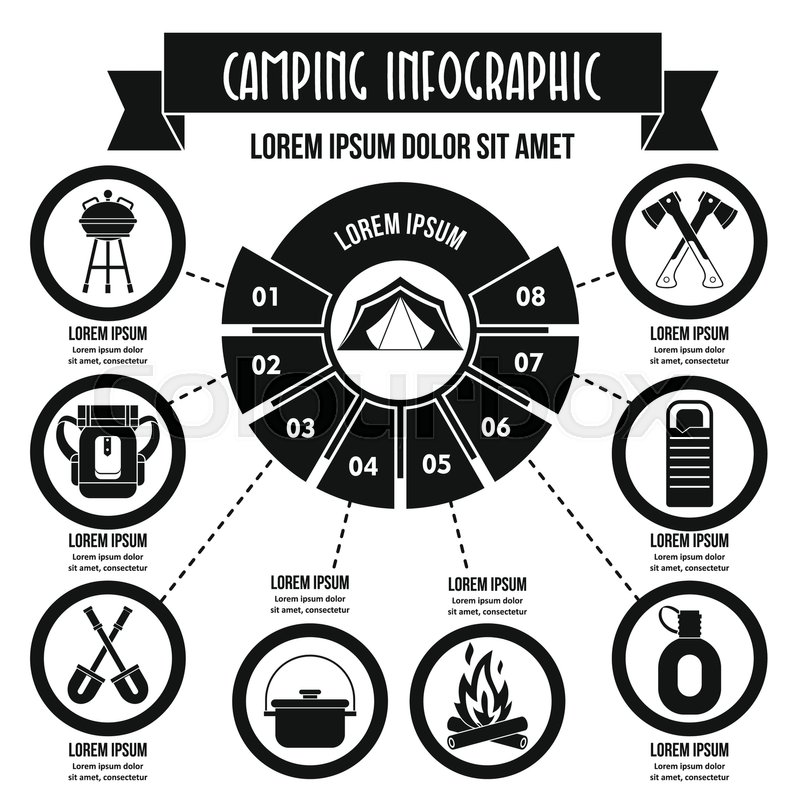Polyester textile finds a diverse variety of applications throughout the garment industry. Whether you're a musician seeking a stable paint surface or a producer looking for strong ornamental products, polyester canvas provides the best balance of toughness, flexibility and eco-friendly high qualities.
Nevertheless, some people like cotton for its breathability and soft qualities. Garment decorators may intend to think about a 50/50 Cotton/Polyester blend for tasks that need both sturdiness and convenience.
Cost
Cotton canvas is extra costly than polyester due to its resource-intensive cultivation process. It additionally requires cautious handling and storage space to preserve its high quality over time. These added expenditures can increase the general price of production for artists and producers.
One more downside to cotton canvas is its susceptibility to fading and damages from UV direct exposure. This can lead to minimized shade vibrancy over time and a loss of structural honesty, particularly in locations that experience regular contact or heavy load-bearing.
In contrast, polyester is an artificial fiber that's engineered for uniformity and sturdiness. This makes it an extra affordable option for suppliers and buyers, particularly in areas where durability is a top priority. The material's stamina additionally uses enhanced resistance to creases and fracturing over time. The synthetic nature of polyester, nevertheless, can leave a bigger ecological footprint than cotton canvas if it's not sourced from natural or low-impact systems. This is a vital factor to consider for organizations striving for sustainability and eco-conscious branding.
Longevity
In the market for canvas rolls, buyers face a wide array of options with competing concerns. Cotton uses all-natural appearance and breathability, perfect for brand names focused on sustainability and craftsmen workmanship. Polyester, on the other hand, delivers a well balanced combination of stamina and stability and printing efficiency with shade vibrancy and resilience.
Ultimately, the material you select for your items have to mirror the leading concepts of your brand name tale and values. While cotton can give canvas satchel a premium visual, it's likewise susceptible to shrinking and maintenance prices, while polyester makes it possible for far better production effectiveness and lasting price performance.
Both fabrics are durable and do well in wet atmospheres, yet their different high qualities make them appropriate for various applications. Cotton canvas is a lot more breathable, reducing the risk of mold and mold in locations with high humidity. Polyester, on the other hand, is water-resistant and dries quickly in environments where moisture can be troublesome. This can minimize the threat of wetness build-up in the material, stopping warping or rot in your product in time.
Comfort
When assessing fabric alternatives for your brand name-- whether you're beginning a workwear line or a cozy loungewear brand name-- the sort of cotton or polyester canvas you select impacts just how your items look, feel, and put on. While all canvas types sustain print-on-demand and offer high form security, they vary in shade presentation and printing longevity, comfort, and sustainability.
Cotton and cotton-polyester blends offer a soft texture, all-natural organic look, and remarkable heat equilibrium compared to artificial alternatives. Cotton's fibers wick dampness away from the skin and enable heat to get away, making it perfect for apparel that requires extended wear in warm atmospheres.
On the other hand, polyester's artificial nature and petroleum-based manufacturing procedure have a negative energy equilibrium, which can make it less green than cotton over time. Polyester's abrasion resistance and water-repellency are excellent, nevertheless, that makes it the perfect option for hefty loads or extreme weather like rainstorms or aquatic settings.
Ecological Influence
Whether picking cotton or polyester, the optimal product for customized production depends on item performance goals. Toughness, toughness, and durability are very important factors when creating products that will certainly sustain repetitive abrasion, heavy load-bearing, or high anxiety factors. Water resistance, seam stability, and UV stability are likewise important to long-lasting success in exterior and damp atmospheres.
While both textiles can execute well in these locations, their environmental influence is slightly various. Cotton's all-natural, breathable construction needs significantly much more sources for farming than polyester's synthetic fibers.
When selecting an ecologically sustainable textile, consider a large range of effect assessment techniques to assess the complete environmental footprint of your item. Some focus on specific effects (like worldwide warming possibility, water usage, and deficiency) while others rely on more alternative evaluations like Dish, ILCD, CML, and Eco-indicator 99.
